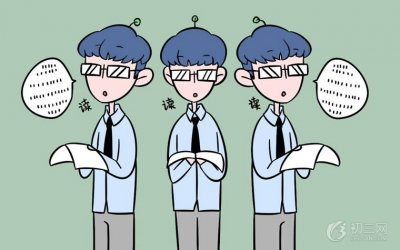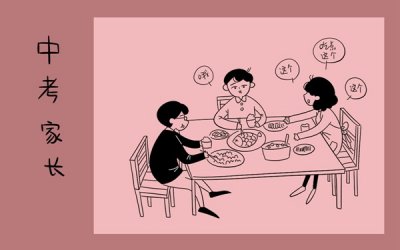2019年期末英语必考时态结构之过去将来时
过去将来时
1. 概念:立足于过去某一时刻,从过去看将来,常用于宾语从句中。
2. 时间状语:the next day(morning, year),the following month(week),etc.
3. 基本结构:①was/were/going to + do;②would + do.
否定形式:①was/were/not + going to + do;②would + not + do.
一般疑问句:①was或were放于句首;②would 提到句首。2019年期末英语必考时态结构之过去将来时
4. 用法
1) would+动词原形常表示主观意愿的将来。例如:
He said he would come to see me.
他说他要来看我。
He told me he would go to Beijing.
他告诉我他将去北京。
2) was/ were+going to+动词原形常表示按计划或安排即将发生的事。例如:
She said she was going to start off at once.
她说她将立即出发。
I was told that he was going to return home.
有人告诉我他准备回家。
此结构还可表示根据某种迹象来看,很可能或即将发生的事情。例如:
It seemed as if it was going to rain.
看来好像要下雨。
3) come, go, leave, arrive, start等瞬时动词动词可用过去进行时表示过去将来的含义。例如:
He said the train was leaving at six the next morning.
他说火车将于第二天早晨六点离开。
She told me she was coming to see me.
她告诉我她要来看我。





 初中生怎样激发自己学
初中生怎样激发自己学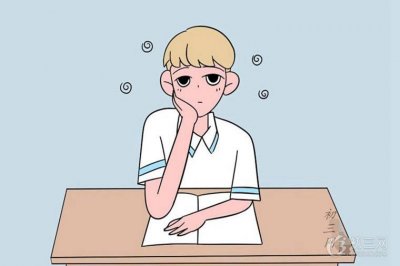 初中生上课注意力不集
初中生上课注意力不集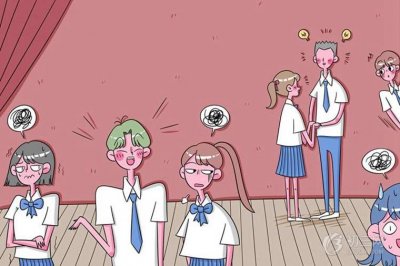 初一学生成绩差怎么办
初一学生成绩差怎么办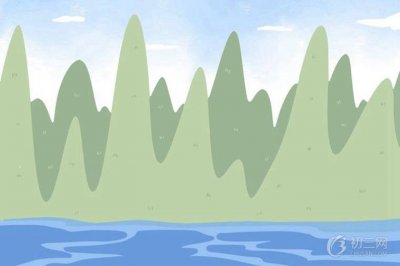 初中毕业后读高中和读
初中毕业后读高中和读 中学生孩子厌学咋办
中学生孩子厌学咋办 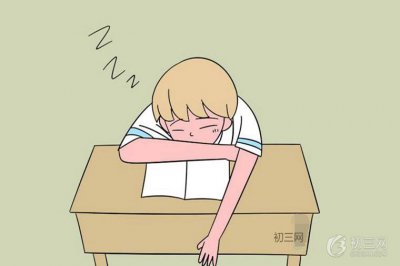 大脑老是处于犯困走神
大脑老是处于犯困走神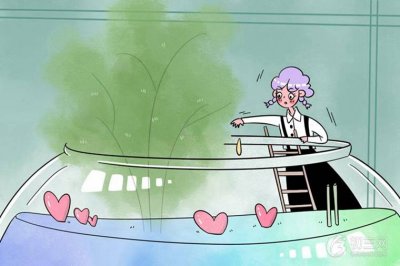 提高中学生的记忆力有
提高中学生的记忆力有 初三冲刺加油鼓励的祝
初三冲刺加油鼓励的祝 反对校园欺凌的警句
反对校园欺凌的警句  中学生自我评价50字左
中学生自我评价50字左 高效学习技巧与方法
高效学习技巧与方法  初三生补脑最快的食物
初三生补脑最快的食物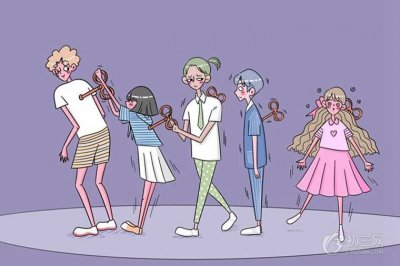 精选家长试卷签字评语
精选家长试卷签字评语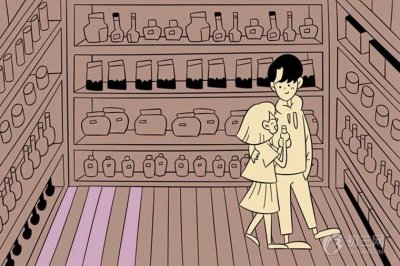 初中生早恋的坏处有哪
初中生早恋的坏处有哪 初中毕业后读什么专业
初中毕业后读什么专业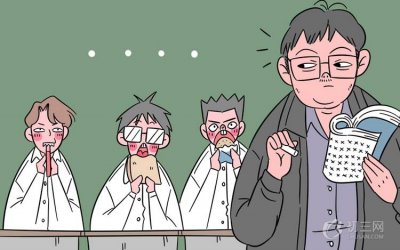 如何培养孩子的学习兴
如何培养孩子的学习兴
